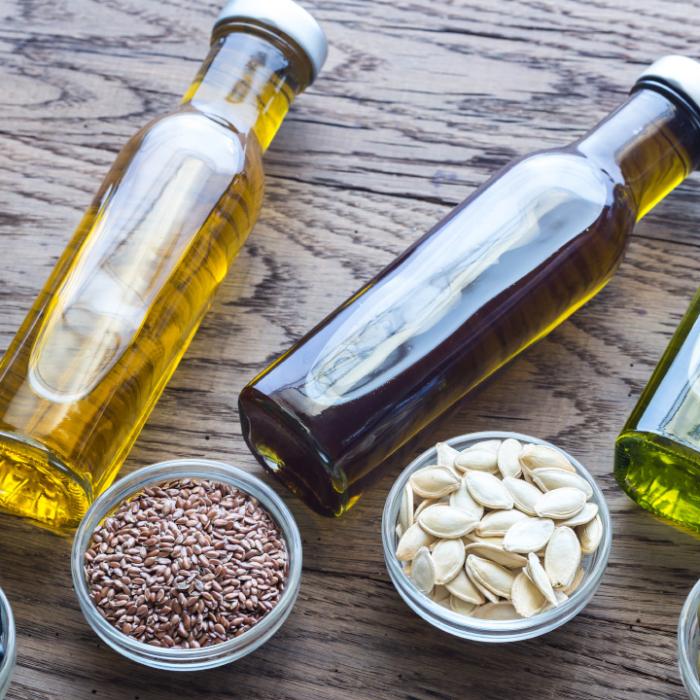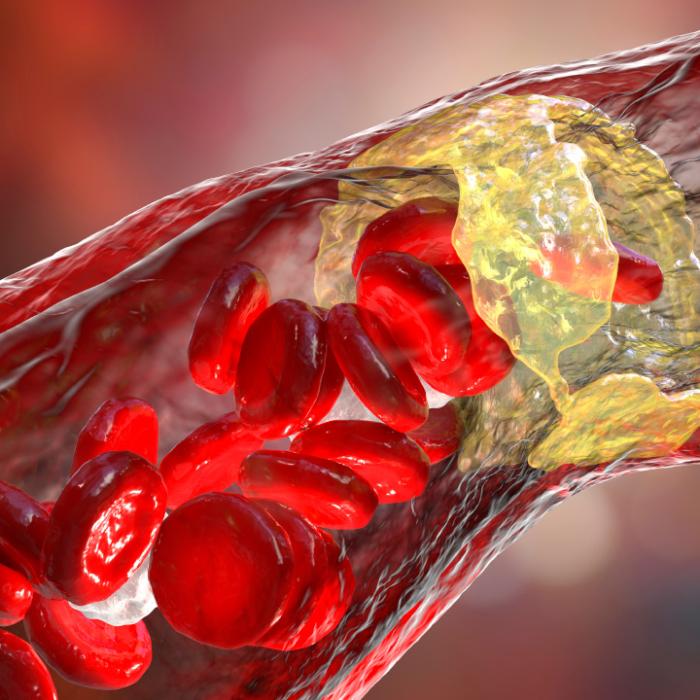Low-Density Lipoproteins Versus LDL Cholesterol
Many people with normal LDL cholesterol levels may experience heart attacks, cardiovascular research scientist James DiNicholantonio told The Epoch Times via email.The number of LDL particles, rather than LDL cholesterol, may be a more relevant risk factor.
So what’s the difference between LDL particles and LDL cholesterol?
An LDL particle is a type of lipoprotein made by the liver. Its primary function is to deliver triglycerides from the liver to other cells in the body. Transporting cholesterol is more akin to an LDL’s side hustle. The cholesterol that an LDL transports is called LDL cholesterol.
On the other hand, HDL particles can venture into atherosclerotic plaques to absorb the cholesterol trapped inside, preventing further plaque formation and helping to prevent heart disease. Hence, HDL cholesterol is considered “good.”
Therefore, nutritionist Jonny Bowden says labeling HDL and LDL cholesterols as good and bad cholesterol is wrong.
Mr. Bowden, who co-authored the bestselling book “The Great Cholesterol Myth,” compared measuring the number of LDL particles to counting the number of passengers traveling in cars on a road. We know that more cars mean more congestion and traffic accidents, but more passengers doesn’t necessarily indicate this. Conversely, traffic could still be congested even if passenger numbers are low or average.
“My LDL [cholesterol] was like 100, maybe 110 mg/dL; very, very close to ideal,” Mr. Bowden said. “Then I got the particle tests, and they showed an entirely different picture.”
2 Types of LDL, 1 Is More Harmful
There are two types of LDL particles: large and buoyant, and small and dense.The small and dense LDLs are much more atherogenic (contributive to atherosclerosis), whereas the large, buoyant LDLs are less so. These two types of LDLs can be measured through advanced lipid testing.
Mr. Bowden compares large, buoyant LDLs with large volleyballs that float along in the water, moving with the tide, while small, dense LDLs are like small golf balls that get stuck between rocks, where they start oxidizing and accumulating to form atherosclerotic plaques.
Small, dense LDLs carry less cholesterol than large, buoyant LDLs, so a person can have a normal LDL cholesterol level but a pattern B cholesterol profile.
However, lipidologist professor Carol Kirkpatrick, head of the Wellness Center at Idaho State University, highlighted that for most people, overall LDL particle number is more relevant than LDL size.
“What we know now is that, yes, [small dense LDLs] may be important, but it really ends up being a red flag for people who have metabolic dysfunction,” Ms. Kirkpatrick, who is also a registered dietitian nutritionist, told The Epoch Times.
“We know that statins, for instance, lower cardiovascular risk, and statins preferentially reduce larger LDL particles,” said professor Kevin Maki of Indiana University, whose interest is in preventing and managing cardiometabolic disease.
However, the statin and LDL link has also been challenged.
“It’s really unclear if the benefit of statins is because it lowers LDL,” cardiologist Dr. Robert Dubroff told The Epoch Times.
“There are other drugs that can lower LDL, and many of them have been tested in well-conducted randomized trials and shown no benefit.”
Dr. Dubroff indicated that there are interventions that lower cardiovascular risk without lowering LDL.

Coronary Heart Disease: A Multifactorial Disease
Cardiovascular disease can be caused by various factors unrelated to LDL particles and LDL cholesterol.Age is the most significant risk factor for cardiovascular disease, Mr. Maki said. The same is the case for one’s blood vessels and the blood vessels’ inner linings as he or she ages. Damage to the lining can result in inflammation, which raises LDL particle levels and may precipitate atherosclerosis.
Inflammation is also recognized as a risk factor, encouraging plaque formation and elevating LDLs in the bloodstream.
Professor Benjamin Bikman from Brigham Young University told The Epoch Times that he sees two sides to insulin resistance: hyperinsulinemia, meaning high blood insulin, and actual insulin resistance, where the body no longer sufficiently responds to insulin.
Dr. Dubroff said a patient who suffered multiple cardiovascular events was transferred to him a few years ago. The patient underwent coronary artery bypass three times and had been treated aggressively with statin medications, but his cardiovascular events continued.
Dr. Dubroff noticed that his patient’s blood sugar was borderline prediabetic and that he was overweight and had high blood triglycerides and low HDL. However, none of these risk factors were addressed by previous doctors.
He told his patient that the correct way forward was to improve his diet, lose weight, and exercise more.
Dr. Dubroff followed this patient for an additional 10 years.
Regarding tracing the source of one’s heart disease, Mr. Maki said: “I would say it’s not this or that, it’s this and that. LDL cholesterol is a factor; particle concentration is a factor; insulin resistance is a factor.”
Addressing all risk factors instead of one will enable us to be the “most successful at reducing cardiovascular risks,” he said.
Better or Add-Value Tests
The advanced lipid test can better identify high-risk people with normal LDL cholesterol profiles. The test usually looks at LDL particle numbers or apoB numbers, which provide the total number of a person’s non-HDL lipoprotein particles.Non-HDL particles include VLDL, IDL, and LDL particles. VLDL and IDL are precursors to LDL particles, so a high non-HDL particle number suggests high LDL particles.
However, advanced lipid testing usually isn’t covered by insurance. Therefore, health professionals sometimes offer alternative markers for examination.
Mr. Maki said that if he could only pick one thing to examine, he would choose non-HDL cholesterol, colloquially known as the “poor man’s apoB.”
This test is covered by insurance and looks at all the cholesterol carried in the non-HDL lipoproteins. While it provides a weaker predictive value than apoB, it can give a general indication of whether more particles are traveling in the bloodstream.
Mr. Bowden and Mr. Bikan suggested the triglyceride-to-HDL ratio to calculate insulin resistance.
Markers for inflammation may also be suggestive of atherosclerosis. Inflammation can cause C-reactive protein (CRP) levels to become elevated. CRP can enter blood vessels and create an atherogenic environment.






